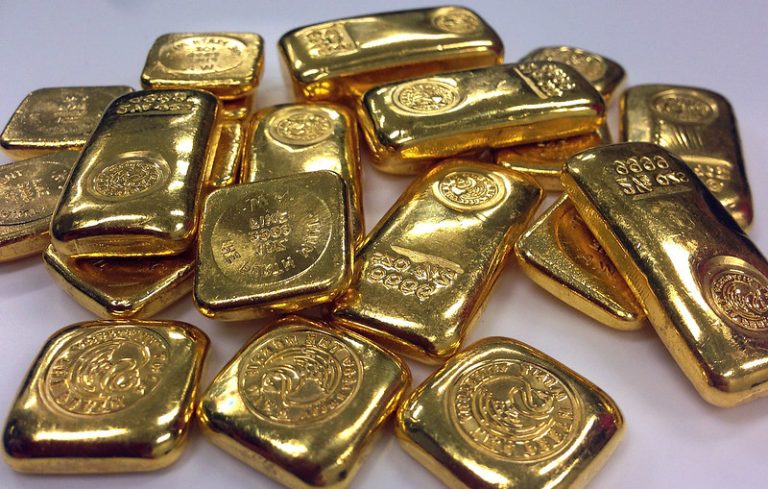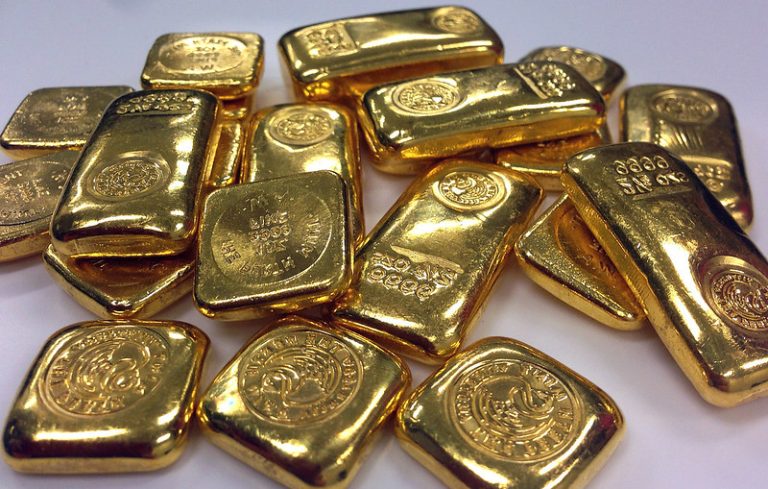Donald Trump’s policies have led to turmoil in Wall Street as investors rotate from risky assets to safe havens. The Fear and Greed Index has moved into the extreme fear zone, at 22, while US indices like the S&P 500, Dow Jones, and Nasdaq 100 have all plummeted.
Investors have rushed to popular assets like Swiss franc, gold, and Bitcoin amid this turmoil that has affected stocks and bonds. Indeed, there are signs that Japan has started to offload its US Treasuries as these worries mounted.
Swiss franc surge has continued
The Swiss franc (CHF) has become one of the safest assets as the fear and greed index has plummeted. The USD/CHF pair has plunged to a low of 0.8075, its lowest level since 2011.
It has dropped for six consecutive weeks and is down by 12.3% from its highest level this month. This performance happened as investors started to doubt on the reliability of the US dollar after Trump imposed tariffs on most goods entering the United States.
The USD/CHF pair has also crashed after Trump has continued to criticize the Federal Reserve. Some officials have also hinted that he was studying whether it will be possible for him to fire Jerome Powell.
Fortunately, the US has a system of checks and balances, meaning that the Supreme Court would stop such a move. If it were allowed to stand, it would likely lead to more US dollar sell-off.
The Swiss franc is seen as a safe haven because Switzerland is seen as a safe haven. Switzerland is also neutral on many issues, and its economy is doing well, with the government having low debt levels.
The challenge, however, is that the Swiss National Bank may attempt to intervene and devalue the franc. A stronger franc hurts Swiss manufacturers by making their products more expensive. This explains why the Swiss Market Index (SMI) has plunged to CHF 11,660, down from CHF 13,185 earlier this year.
Gold price has soared to a record high
Gold price has gone vertical this year as demand from investors and central banks surged. It soared to a high of $3,480 this week, and is slowly nearing the $3,500 milestone.
Gold ETFs like the GLD and IAU have also had robust inflows this year, a trend that may continue rising.
Investors view gold as the best store of value due to its historical significance and supply-demand dynamics. Gold supply growth has continued slowing this year as the volume extracted from mines has fallen. This performance will continue as mines get deep.
Analysts are optimistic that gold price will continue rising. Goldman Sachs analysts have boosted their gold price forecast to $3,700.
Read more: Here’s why the GLD ETF stock has surged to a record high
Bitcoin is slowly becoming a safe haven
Meanwhile, there are signs that investors are turning to Bitcoin as a safe haven. Data shows that all spot Bitcoin ETFs added over $381 million in inflows on Monday. They also added over $107 million on Friday.
Bitcoin price has risen for three consecutive weeks, moving from a low of $74,320 earlier this month to $88,100. It has dropped by less than 6% this year, while US indices like the Russell 2000, Dow Jones, and S&P 500 have moved into a correction. The Nasdaq 100 index is nearing moving into a correction.
Bitcoin is viewed as a safe-haven asset due to its limited supply and increasing demand from investors. It has a supply cap of 21 million, while most of them have been mined, and some of them have been lost.
Read more: US stocks slide at open: Dow slumps over 450 points, Nasdaq down around 2%
The post Swiss franc, gold, and Bitcoin emerge as safe havens amid Trump turmoil appeared first on Invezz










